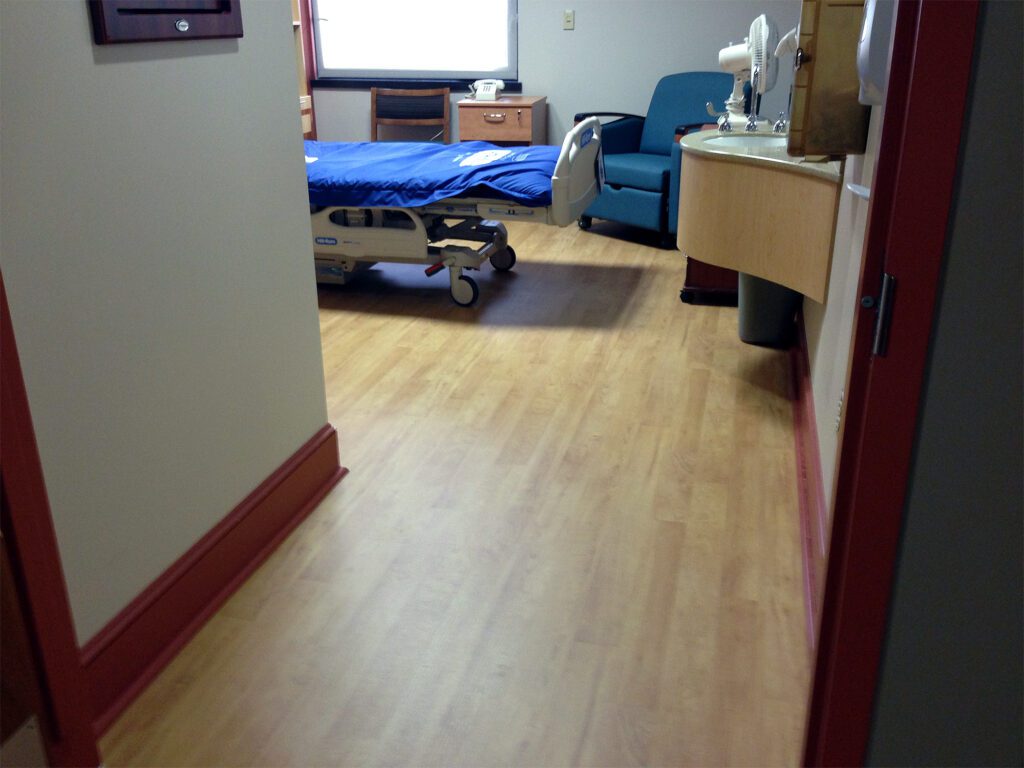Blog
SmartCells Cushioning Technology Can Help Reduce Pain/Fatigue Associated with Being on Your Feet All Day
- Derek Hawn
- March 23, 2020
- 11:04 am
- No Comments
- 3 minutes
Many people are required to be on their feet all day. As muscles become stiff or sore, standing for long periods is not only uncomfortable, but increases safety risks while reducing productivity and job satisfaction. There are many cushioning options to choose from on the market today, all promising to combat fatigue. However, unless buyers are educated in the science behind cushioning technology, most will likely make uninformed decisions, wasting money on ineffective options, that may be more fatiguing than fatigue-relieving.
SmartCells anti-fatigue solutions have been engineered to provide a balanced combination of properties designed to reduce standing worker fatigue and pain, improving the way workers feel and helping them be more productive.
The Soft and Squishy Fallacy
Traditional thinking is that a soft, squishy surface will help a worker feel the best when working on his or her feet. However, the published scientific literature does not support this notion, rather, cushioned standing surfaces should be stable and not too soft.
To understand better the right amount of softness, first consider an overly hard surface, like concrete, the opposite of an overly soft surface. Common sense and experience have taught us that standing on concrete is bad and creates pressure points that lead to excessive muscular activity as standing workers strive to relieve the unforgiving, concentrated pressure the ground forces exert on their body.
On the other hand, a material that is overly soft and compresses too easily can feel like it is too hard as it ‘bottoms-out’ when it is fully compressed. Many manufacturers providing thin overly soft foam or gel backings on mats make anti-fatigue claims thinking that the mere presence of such cushioning materials makes their mat an ‘anti-fatigue’ mat. These thin mats have very little height to compress and easily bottom out. In addition, some manufacturers seek to make overly soft materials thicker, erroneously believing that making such a material thicker will provide greater fatigue relief– if that were the case why not stand on a mattress all day? Clearly, overly thick or soft is not the right answer for relieving fatigue.
Overly soft and overly thick mats can affect worker stability, increasing fatigue and creating a greater trip hazard. A material that compresses to more than 50% of its thickness under a standing load will feel like it has ‘bottomed out’. Too much instability or too little cushioning results in muscular fatigue, often leading to pain and injury.
The Importance of Maintaining Stability
An unstable surface resulting from mats that are too soft creates fundamental problems for standing workers. An overly unstable surface causes the body to make many more subtle postural adjustments to maintain a balanced, upright position while performing work. This additional muscle activity accelerates fatigue levels and causes workers to become tired sooner than if they were on a more stable surface.
However, the scientific literature suggests that there is a slight amount of instability that is acceptable and results in a low level of muscle activity that aids blood flow through the body, while helping the worker achieve a comfortable stance.
A Balanced Approach
The optimum anti-fatigue surface provides a balanced design. A standing surface needs to not only provide a stable suface with a cushioning property but also provide some resilience or energy return. Too much cushioning, (shock absorption), can create an energy-draining sensation like standing or walking in sand, that is why the optimum standing surface must also provide an element of resilience, the ability to rebound without feeling too hard.
The ability to provide a stable surface that cushions, without bottoming out, while providing the right amount of elasticity (resilience), provides an optimum condition for workers standing on their feet all day and results in a safe surface that provides the greatest feeling of relief from standing fatigue and pain.
SmartCells: The Optimum Solution
SmartCells Cushioning Technology is SATECH’s optimum solution for standing workers. SmartCells mats don’t impair the user’s balance. As weight shifts, these mats become softer, cushioning impact better. When weight is removed, SmartCells mats rebound back into place, providing energy return to the body. SmartCells’ patented design is based on an array of cylindrical rubber columns that compress, like springs, but re-direct impact force vectors laterally rather than back into the body, providing both a feeling of cushioning and an energizing responsiveness. SmartCells Cushioning Technology is raising the comfort bar for standing workers everywhere, helping to increase productivity and job satisfaction while helping to reduce standing pain and injuries.
For more information on how to keep employees safely and comfortably on their feet, visit SmartCells today!
Jump Into Plyometrics with These 9 Exercises
Interface FLOR Brings SMARTCELLS Cushioning Technology to the Healthcare Market
Put Your Best Foot Forward: An 8-part series on Feeling Your Best While Running.
New Year, New Solutions to Help Reduce the Risk of Fall-Related Injuries
It’s Not the Fall That Hurts. It’s the Landing.
Holiday Tips to Keep Elderly Loved Ones Healthy and Safe
Falls Happen. And They are Costly.
It’s Time to Give Holiday Stress an Eviction Notice
SmartCells Fall Protection Products Featured in Clinical Study
The Benefits of Ergonomics for the Aging Workforce
Let us help you find the right solution
Not sure where to start? Our customer service and sales representatives – who are just as knowledgeable about the product as the scientists who created it – would be happy to help you understand more.


